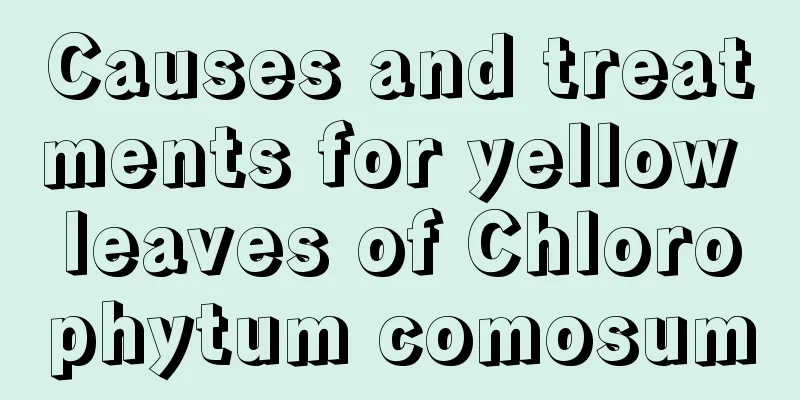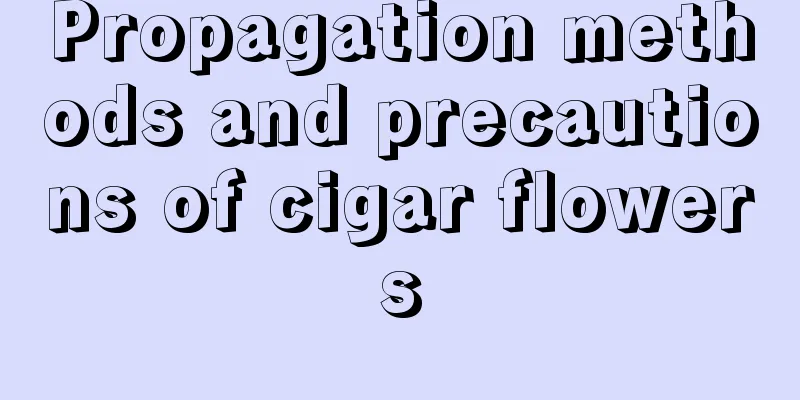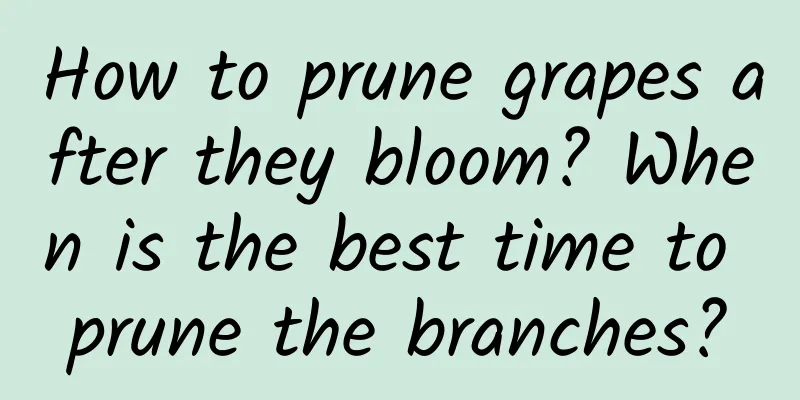What is the best fertilizer to apply when flowers are blooming?

Fertilize when flowers bloomFlowers are usually fertilized during the growing season, which is around February to April and September to October. Topdressing is required in both periods. Before flowers bloom, they also need to be fertilized to ensure normal flowering. If the plants do not hibernate in winter, a small amount of fertilizer can also be applied. In spring and autumn, fertilizer can be applied once every half a month. As the temperature rises and the plant grows, the frequency of fertilization should be gradually increased. In summer, fertilizer can be applied once every 7-10 days. For general potted flowers, a small amount of nitrogen fertilizer should be applied during the seedling stage, compound fertilizer mainly composed of nitrogen fertilizer should be applied during the leaf growth period, and compound fertilizer mainly composed of phosphorus fertilizer should be applied during the flowering and fruiting period. Appropriate topdressing should be applied after the leaves turn yellow, the plants sprout, bud, and bloom. What fertilizer to apply when flowers bloomFlowers grow faster if they are grown using bean shell water and fish farming wastewater. The boiled and fermented bean shell water can be used as an organic liquid fertilizer, which is rich in nitrogen, phosphorus and potassium. It needs to be diluted with water before use, which is helpful for flowering and growth. How to fertilize when the flowers bloomWhen you first start planting, you can apply organic fertilizer. In spring, you can directly use flower fertilizer. In summer, its growth rate will be significantly accelerated and its demand for nutrients will be greater. You can use high-nitrogen fertilizer. In late autumn, you need to enhance resistance, so you can use high-potassium fertilizer. Apply small amounts of fertilizer in winter. Fertilization precautions when flowers bloomAvoid applying too much fertilizer. When many flower lovers fertilize their plants, they want to apply more fertilizer to make the plants grow better. However, if too much fertilizer is applied, the root system of the plants will be burned. Pay attention to applying thin fertilizers frequently so that the plants can grow better. Avoid high temperatures. It is best not to fertilize when the temperature is high, especially at noon in summer, when water evaporates quickly. If you fertilize at this time, the plant may not receive enough water, causing the leaves to wither and the flowers to fall. Avoid watering at night. The temperature is lower at night. If you apply fertilizer at this time, it will not be conducive to the absorption of the root system and will not be good for its growth. It will also cause root rot and cause burns to the roots of the plant. Therefore, it is not suitable to fertilize at night. Avoid fertilizing during the flowering period. It is best not to apply fertilizer when the plant is in bloom, especially nitrogen fertilizer, which will result in fewer or no flowers and shorten the flowering period. If you fertilize, it is best to apply fertilizer before flowering, mainly applying fertilizers containing phosphorus and potassium to promote flowering. |
<<: What to do if you water the crabapple too much?
>>: How long does it take for Podocarpus to adapt to the pot?
Recommend
What kind of clock flowers are there and why are they called clock flowers?
1. What are they? There are many types of clock f...
Does aloe vera bloom?
Aloe vera is one of the most common potted plants...
How to grow Michelia on the balcony and what should be paid attention to
1. How to maintain 1. Light requirements: Micheli...
Cultivation methods and precautions of Viburnum
How to sow Viburnum The sowing time for magnolia ...
How to grow Japanese roses
1. Choose a pot The plant of Japanese rose is ver...
Cucumber Planting Techniques and Timing
Cucumber is a warm-loving vegetable, and its opti...
Which month is suitable for planting Gastrodia elata?
When to plant Gastrodia elata Gastrodia elata is ...
Cultivation and pruning of purple-leafed spider plant
Purple-leafed spider plant is also called hanging...
How to eat Custard Apple and how to tell if it is ripe
1. How to eat 1. Eat raw: After it is fully ripe,...
Golden Edge Chlorophytum leaves turn yellow
Fertilization When the amount of fertilizer excee...
How to grow kale and what to pay attention to
1. Maintenance methods 1. Soil: Chinese kale has ...
Lavender Growing Conditions and Characteristics
Lavender Growing Conditions Lavender is more suit...
Does lettuce prefer shade or sun?
Does lettuce prefer shade or sun? Lettuce is rela...
Precautions for growing hydrangea in water
1. Change water frequently The first thing to pay...
How to grow small roses at home
Rose flower growing conditions Small roses grow b...









